Retro Replay Review
Gameplay
2010: The Graphic Action Game delivers a focused, puzzle-driven gameplay loop that captures the tension of repairing a damaged spaceship under the looming threat of disaster. Players guide a reticule across circuit boards, pinpointing problem areas before pressing the A button to initiate repairs. This simple premise belies the strategic depth required to route power carefully—one misstep can cascade into a larger failure, costing precious time.
(HEY YOU!! We hope you enjoy! We try not to run ads. So basically, this is a very expensive hobby running this site. Please consider joining us for updates, forums, and more. Network w/ us to make some cash or friends while retro gaming, and you can win some free retro games for posting. Okay, carry on 👍)
Each repair sequence transforms into a miniature maze: you must select a clear path for power to flow through all nodes on the board. As power arcs from one component to the next, the clock ticks relentlessly downward, forcing split-second decisions. The satisfaction of lighting every node without triggering a feedback loop is palpable, yet the risk of errors keeps the adrenaline high.
Complications arise when floating rings drift across the board, threatening to short-circuit vital components if they make contact. Additionally, creating a feedback loop damages parts of the circuit, necessitating a return visit and further repairs. These elements combine to create a dynamic, time-sensitive puzzle experience that remains challenging throughout its runtime.
Graphics
Visually, the game opts for clean, schematic-style graphics reminiscent of control panel blueprints. Circuit boards glow against the dark void of space, with colored lines tracing each potential power route. This minimalist approach ensures clarity during tense repair sequences, allowing players to focus on strategy rather than getting lost in excessive detail.
The user interface mirrors classic sci-fi aesthetics, with sleek HUD elements and simple animations that emphasize functionality. Sparks and short circuits are rendered with bright flashes, immediately signaling trouble and heightening immersion. Though not graphically intensive by modern standards, the art direction effectively conveys a near-future setting aboard the Discovery.
Transitions between repair screens and narrative interludes are smooth, with subtle fading effects and ambient background colors suggesting the cold expanse outside the ship’s hull. While textures and models are basic, the consistent visual language keeps gameplay readable and adds to the retro-futuristic charm.
Story
Based on the film 2010: The Year We Made Contact, the game ties its puzzles into the broader mission of the Soviet-American crew aboard the Discovery. The narrative context frames each repair as a matter of life and death, with Earth’s hopes pinned on the success of your engineering skills. This cinematic backdrop enriches what might otherwise be a straightforward puzzle game.
Dialogue snippets and text briefs appear between repair stages, offering character insights and mission updates. These narrative beats remind players why time is of the essence: without prompt repairs, the Discovery risks plummeting toward Jupiter’s moon Io. This constant sense of urgency aligns with the movie’s tense atmosphere.
Although there are no full-motion cutscenes, the sparse storytelling approach works in the game’s favor, maintaining focus on gameplay while still delivering enough plot to keep players invested. Fans of the film will appreciate subtle references and the faithful recreation of the Discovery’s engineering challenges.
Overall Experience
2010: The Graphic Action Game offers a tight, purpose-driven experience that will appeal to puzzle enthusiasts and sci-fi fans alike. The core repair mechanics are easy to pick up but demand precision and quick thinking as difficulty ramps up. With its time-sensitive challenges, the game maintains a brisk pace, making each session feel meaningful.
While the visual presentation is modest, it serves gameplay clarity and pays homage to the film’s technical world. The minimalist aesthetics and user-friendly interface reduce frustration, allowing players to focus on solving circuit puzzles rather than deciphering cluttered screens.
Ultimately, the combination of strategic puzzles, thematic depth, and narrative stakes creates an engaging package. Whether you’re a die-hard fan of 2010: The Year We Made Contact or simply seeking a unique sci-fi puzzle adventure, this title delivers an experience that is both challenging and immersive. Just be prepared to race against the clock—every second counts toward saving the Discovery.
 Retro Replay Retro Replay gaming reviews, news, emulation, geek stuff and more!
Retro Replay Retro Replay gaming reviews, news, emulation, geek stuff and more!
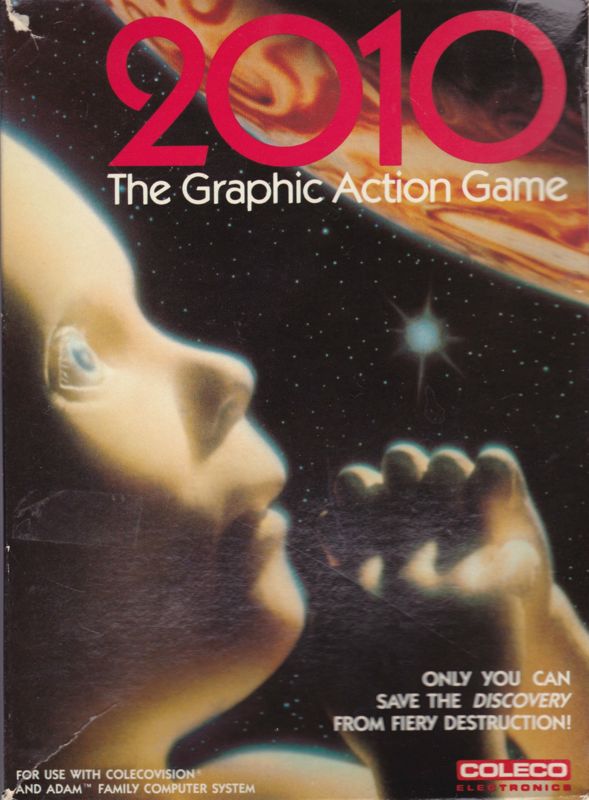
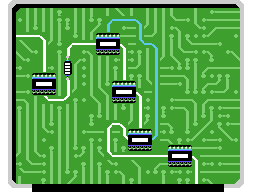
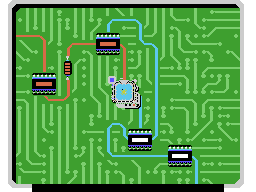
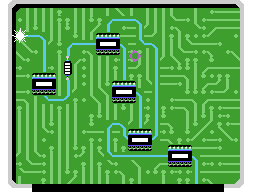
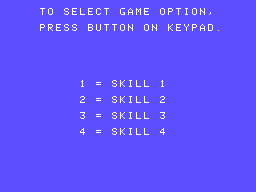
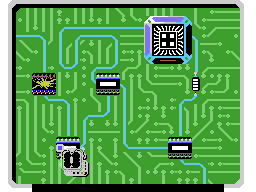

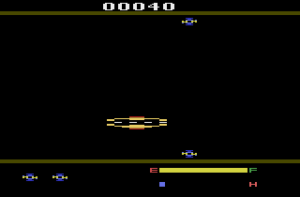
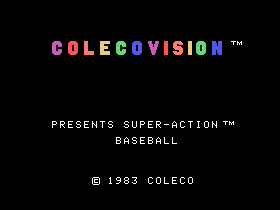
Reviews
There are no reviews yet.